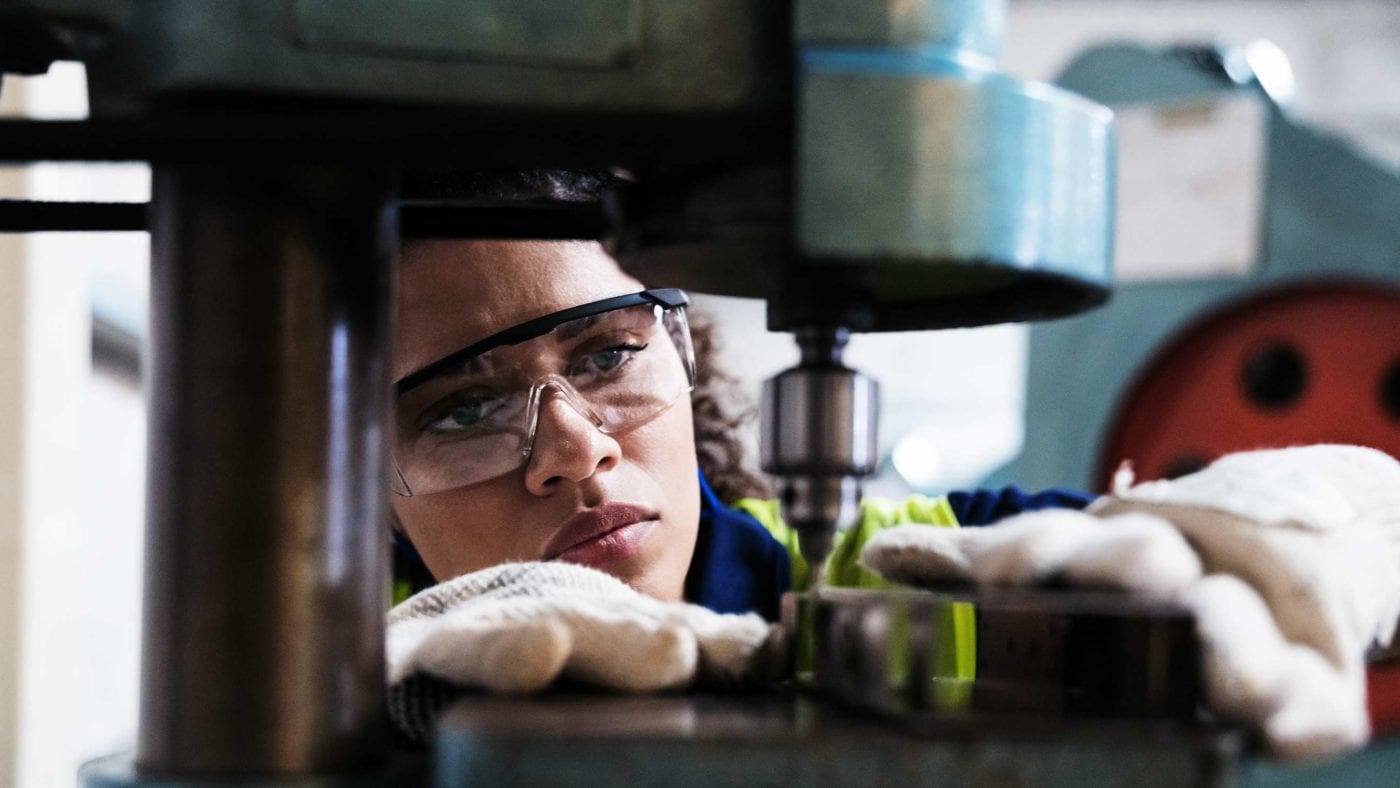The quarterly ‘Manufacturing Outlook’ survey from Make UK (formerly the Engineering Employers’ Federation) is one of the better examples of its kind. It has clearly been written up by some serious economists, which I obviously think is a ‘good thing’. Nonetheless, the headlines appear to paint an overly gloomy picture of the prospects for the sector.
According to Make UK’s press release, manufacturing is ‘set to plunge into recession next year as the deteriorating economic conditions at home and abroad exert a vice-like grip’. This is a little off, in part because UK manufacturing is already in recession.
UK manufacturing output has been trending down throughout 2022. The latest ONS data for October show that production was nearly 7% below its peak in May 2021. Indeed, manufacturing output has fallen in each of the last five quarters. That’s a recession in anybody’s book.
Make UK goes on to predict a further fall of more than 3% in 2023. But, if correct, that would actually imply that British manufacturing is now close to emerging from a recession, rather than being about to plunge into one.
Make UK is right to flag up the downside risks, but again it may be too pessimistic. The organisation’s worry list here includes ‘increasing costs across the board, tighter fiscal and monetary policy and weakening consumer demand forming a perfect storm’.
Taking each of these in turn, there are good reasons to believe that cost pressures are now easing. Over the past few months there have been sharp falls in the prices of many commodities, including oil and many industrial metals, as well as global shipping costs. Disruptions to global supply chains are lifting.
The resulting fall in input price inflation is reflected in all the major business surveys, such as the latest monthly manufacturing PMIs. The Make UK report itself acknowledges that the pace of price growth may be slowing, albeit with profit margins still under huge pressure.
The macroeconomic policy backdrop is also more mixed than the headlines suggest. The Bank of England will surely raise official interest rates further, but probably by less than the markets expect. This should support equity and bond prices, and lower the longer-term borrowing costs that really matter for most companies.
As for fiscal policy, the tax burden on businesses will increase from April 2023, with the main rate of corporation tax jumping from 19% to 25%. (The one thing worse than blasting a penalty over the bar is hammering the ball into your own goal.)
But the overall fiscal stance is actually being loosened in the next couple of years, with an additional £100bn of government spending on public services and support for households. This should help to cushion demand from consumers, including for UK manufactures.
The Make UK report notes that most manufacturers, and in most regions, are still positive for the year ahead, despite the negative media headlines about the prospects for the wider economy. This is echoed in other surveys too.
This may be because the disruption caused by the pandemic has at least encouraged UK manufacturers to reduce their dependency on vulnerable supply chains and to strengthen their resilience to shocks.
Finally, one of the strengths of the Make UK report is the subsector detail. Brexit pessimists will naturally blame the weakness of manufacturing on the UK’s departure from the EU. However, there is little evidence to support this here.
In particular, the food and drink industry is the largest manufacturing subsector in terms of gross value added, and potentially one of the most vulnerable to Brexit. But it has held up relatively well, in part because more UK demand is now being met from domestic supply.
Another focus is the car industry. But the Make UK survey found that the motor vehicle subsector is the most positive about output in 2023, predicting an increase of more than 9%. This underlines the importance of global drivers, in this case the prospect of an easing of the shortages of semiconductors and other parts.
Of course, the picture is far from rosy. Manufacturing investment has been disappointingly weak for several years and Brexit uncertainties have played some part here, though these may finally be easing too. Much will also still depend on developments in China and in global energy markets.
Nonetheless, the negativity of the headlines is overdone. Hopefully this is yet another sector of the UK economy where it seems darkest just before the dawn.
Click here to subscribe to our daily briefing – the best pieces from CapX and across the web.
CapX depends on the generosity of its readers. If you value what we do, please consider making a donation.


